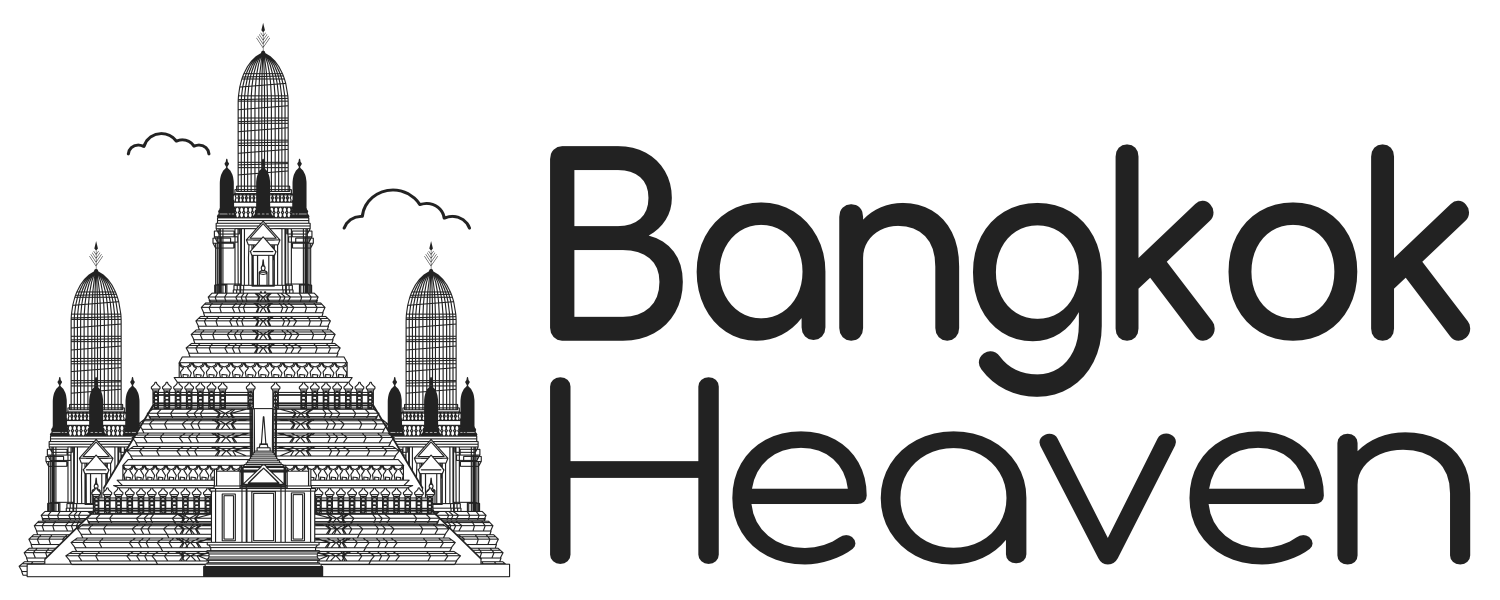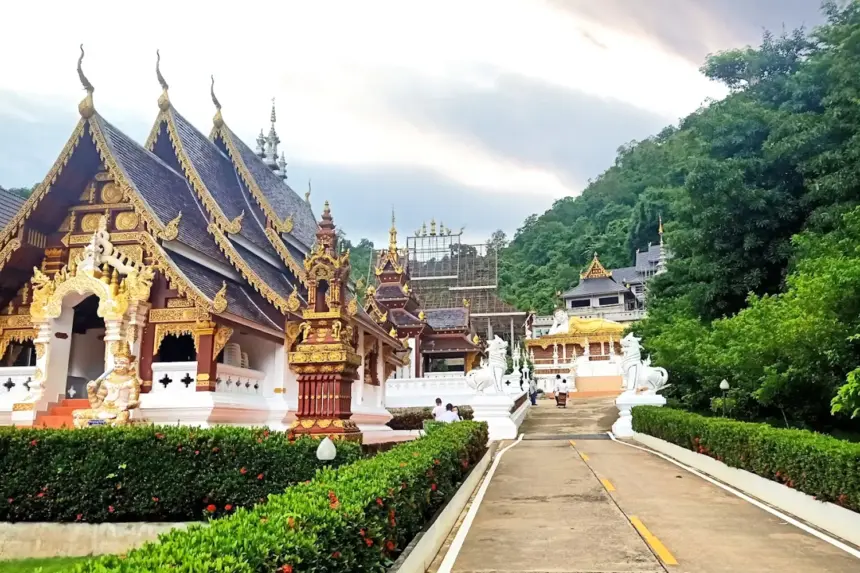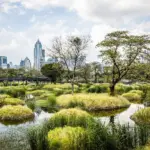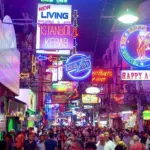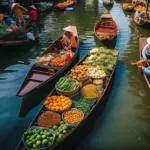The Thai Chetawan Temple (Wat Chetawan): A Glimpse of Thai Culture in the Heart of Malaysia
The Thai Chetawan Temple, also known as Wat Chetawan, is a vibrant Thai Buddhist temple located in Petaling Jaya, Malaysia. Built in the traditional Thai architectural style, this temple serves as a serene cultural and spiritual haven, attracting both worshippers and tourists seeking a glimpse into Thai Buddhist practices and intricate craftsmanship. With its striking golden spires, ornate sculptures, and tranquil ambiance, Wat Chetawan offers an escape from the bustling city, providing visitors a chance to connect with Thailand’s rich cultural heritage right in Malaysia.
- The Thai Chetawan Temple (Wat Chetawan): A Glimpse of Thai Culture in the Heart of Malaysia
- History and Origins of Wat Chetawan
- The Significance of Wat Chetawan’s Architecture
- Exploring Wat Chetawan: Key Areas to Visit
- Cultural Significance and Practices at Wat Chetawan
- What to Expect During a Visit to Wat Chetawan
- Best Time to Visit Wat Chetawan
- Tips for Visiting Wat Chetawan
- Nearby Attractions
- Why Visit Wat Chetawan?
History and Origins of Wat Chetawan
Wat Chetawan was built in the early 1950s and has since become one of the most notable Thai Buddhist temples in Malaysia. Its origins are closely tied to the Thai community in Malaysia and the supportive relationship between Malaysia and Thailand. The temple was officially opened by King Bhumibol Adulyadej and Queen Sirikit of Thailand, marking it as an important symbol of Thai culture and Buddhism in Malaysia.
The Significance of Wat Chetawan’s Architecture
One of Wat Chetawan’s most captivating aspects is its traditional Thai architecture. The temple was meticulously designed to mirror Thai aesthetics, complete with golden stupas, intricately carved motifs, and brightly colored tiles. This unique architectural style makes it a standout attraction among Malaysia’s temples.
• Main Stupa: The main stupa, or chedi, is a large, golden spire symbolizing enlightenment and Buddha’s teachings. Its towering presence serves as the temple’s central feature, reflecting Thai influence.
• Ornate Rooflines: Wat Chetawan’s roofs display the distinctively layered gables and multicolored tiles characteristic of Thai temples. Each roof tier has intricate details with golden accents, making it visually striking.
• Guardians and Statues: The temple grounds are decorated with numerous statues of mythical creatures, including Garudas and serpentine Nagas, which serve as protectors of the temple.
Exploring Wat Chetawan: Key Areas to Visit
1. Main Prayer Hall (Ubosot)
The Main Prayer Hall, known as the Ubosot, is the heart of Wat Chetawan and is primarily used for conducting religious ceremonies and rituals. Inside, visitors can find an image of Buddha seated in the Bhumisparsha Mudra, symbolizing enlightenment and wisdom. The hall’s walls are adorned with murals depicting Buddha’s life and teachings, enhancing the spiritual atmosphere.
2. Meditation Pavilion
The meditation pavilion offers a peaceful space for visitors to reflect and meditate. The pavilion is designed in harmony with nature, featuring open spaces and a calming ambiance. Those looking to practice meditation or mindfulness will find this area of the temple an ideal place for quiet introspection.
3. Bodhi Tree
In the temple courtyard stands a sacred Bodhi tree, a direct descendant of the tree under which Buddha attained enlightenment. Visitors often leave offerings and pray under the Bodhi tree as a form of respect. This area provides an additional spiritual touch, symbolizing the growth of wisdom and knowledge.
4. Bell Tower and Drum Tower
Wat Chetawan also features a bell tower and drum tower, both significant in Thai Buddhist traditions. The bell and drum are used to mark the start of important ceremonies and are symbols of spreading Buddha’s teachings. Visitors can admire the design of these structures, which add to the authenticity of the temple’s Thai aesthetics.
Cultural Significance and Practices at Wat Chetawan
Wat Chetawan is not just a place of worship; it is also a cultural center where important Thai festivals and events are celebrated, such as Songkran (Thai New Year) and Loy Krathong. These events bring the Thai community in Malaysia together, celebrating with traditional ceremonies, food, and music. During these festivals, the temple grounds are filled with activity, with devotees and visitors taking part in offerings, blessings, and the ceremonial release of floating krathongs (decorative floats) into water as a symbol of releasing negativity.
What to Expect During a Visit to Wat Chetawan
Visitors to Wat Chetawan can expect a serene and respectful atmosphere. The temple follows Buddhist customs and traditions, so it’s essential to approach the visit with reverence. Here are some aspects to keep in mind:
• Dress Code: As with many Buddhist temples, visitors are expected to dress modestly, covering shoulders and knees. This shows respect to the temple and its devotees.
• Offering and Prayers: Visitors are welcome to leave offerings, such as flowers or candles, at designated areas. Observing local devotees can provide insight into the religious practices and rituals observed here.
• Photography: While photography is generally allowed outside the temple, it’s respectful to avoid using flash and to seek permission before photographing monks or devotees during their prayers.
How to Reach Wat Chetawan
Wat Chetawan is situated in the bustling city of Petaling Jaya, close to Kuala Lumpur, making it accessible by public transportation or car.
• By Public Transport: The nearest LRT station is the Taman Jaya station, and from there, visitors can take a short taxi or Grab ride to the temple.
• By Car: For those driving, Wat Chetawan has ample parking facilities, and the temple’s location is well-marked on maps.
Best Time to Visit Wat Chetawan
The temple is open daily, but the best times to visit are early morning or late afternoon. Visiting during these hours allows you to avoid the midday heat while enjoying a quieter atmosphere. During major Thai festivals like Songkran in April or Loy Krathong in November, the temple becomes more lively, attracting larger crowds.
Tips for Visiting Wat Chetawan
1. Respect Temple Etiquette: Show respect by speaking quietly and refraining from touching sacred items.
2. Stay Hydrated: Malaysia’s climate can be hot and humid, so it’s advisable to bring water and wear sunscreen if you plan to spend time exploring the temple grounds.
3. Learn About Buddhism: Take time to read about Buddhism and Thai culture before visiting. This can enhance your understanding and appreciation of the temple’s significance.
4. Explore Nearby Attractions: Petaling Jaya offers various nearby attractions, including malls, cafes, and local markets. Consider combining your visit to Wat Chetawan with an exploration of the surrounding area.
Nearby Attractions
Wat Chetawan’s location in Petaling Jaya provides easy access to other attractions for those interested in exploring more of Malaysia’s culture:
• Sunway Lagoon: An amusement and water park perfect for families and thrill-seekers.
• Petaling Jaya Museum: A museum showcasing the history and culture of Petaling Jaya and Malaysia.
• Jaya One Mall: A popular shopping destination with local and international brands, cafes, and dining options.
Why Visit Wat Chetawan?
Wat Chetawan stands out for its authentic Thai design and its role as a cultural and spiritual hub in Malaysia. Unlike the traditional Malaysian temples, Wat Chetawan introduces visitors to Thai architecture, artwork, and rituals, bridging the gap between Thai and Malaysian cultures. The temple’s tranquil ambiance, beautiful surroundings, and architectural grandeur make it a must-visit for anyone seeking a deeper understanding of Thai Buddhism or simply a peaceful retreat.
Conclusion
The Thai Chetawan Temple, or Wat Chetawan, is a unique treasure in Malaysia, offering a sanctuary for peace and reflection. Whether you are a spiritual seeker, a culture enthusiast, or a traveler exploring Malaysia, Wat Chetawan presents an enriching experience with its harmonious blend of architecture, art, and spirituality. It’s a place where visitors can gain insight into Thai Buddhism, experience Thai cultural celebrations, and enjoy the beauty of a Thai temple amidst Malaysia’s vibrant setting.
In summary, Wat Chetawan is a place of discovery and reverence, inviting visitors to take a moment away from the fast pace of life, connect with Thai culture, and immerse themselves in the tranquility of this sacred site.
